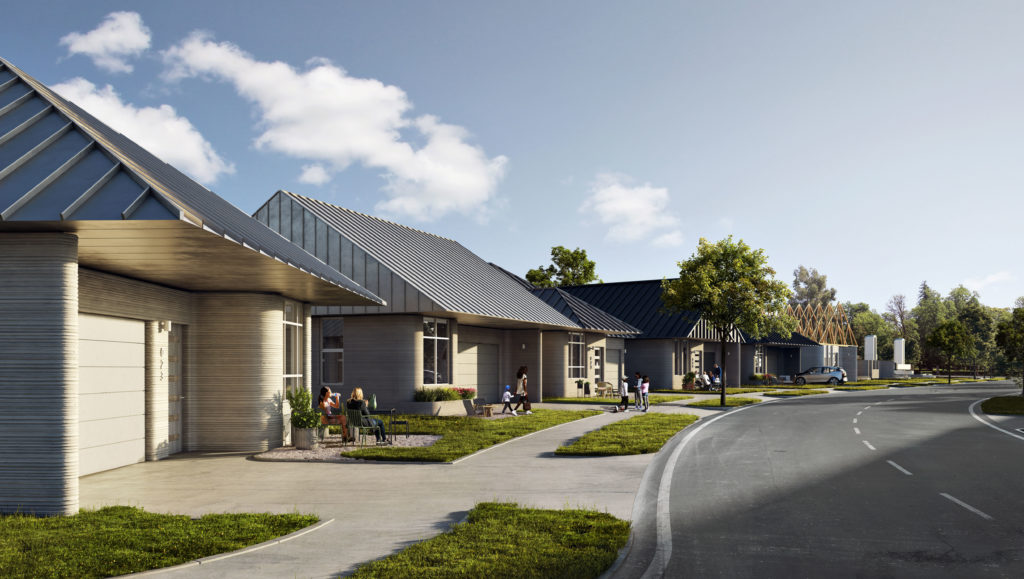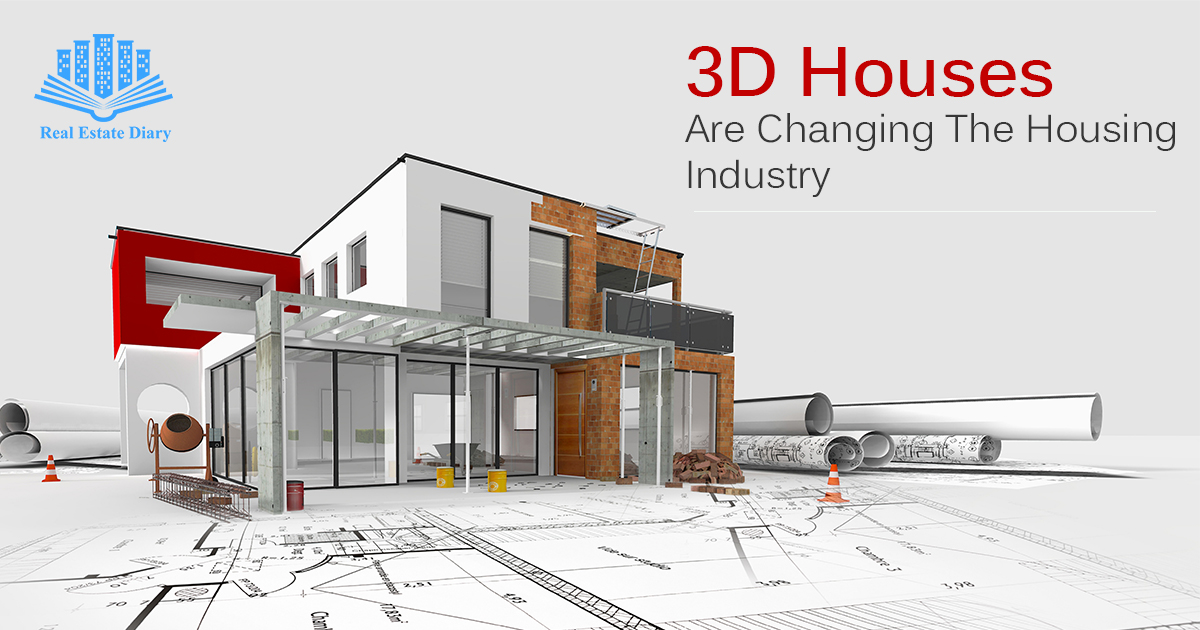As 3D house construction becomes reality, early prospects ate these houses might be built in half the time and for half the cost. The 3D-printed housing industry is still very recent in its development. Although new 3D houses are coming on the real estate market and being sold. You should foresee a lot of future experimenting with new techniques, materials, methods, and hardware. But even in its earliest stages of development, this innovative technology is gifting big changes for the real estate industry.
3D printing is not new, but it is now at the scale that it takes to build homes. Basic 3D printing took off quickly after the digital revolution of the 1980s. Its earliest uses were in laboratories with expansion into mock-up part designs for all kinds of small fabricated parts that ranged from aerospace to trinkets. Early developments were necessarily used for proofs-of-concept rather than consumer products. Some of the early housing industry proofs-of-concept were in architectural designs of the real estate properties.

How one can build 3D Homes?
Currently, the 3D material of choice to print houses benefit concrete although other materials are being tried such as foams, and polymer powder bonding. Concrete has been used to manufacture homes for centuries and can presently meet many local ordinances as a construction material. As this new industry matures, it is crucial to remember that 3D-printed houses must meet local state laws and regulations. Concrete walls are safer than most other common building materials currently on the real estate market. The basic technology is for very large 3D printers to extrude a proprietary concrete mixture at a specialized consistency that cures at a controllable rate. It looks like a large support frame with a colossal spout squeezing out concrete toothpaste in long lines. The two outstanding factors are concrete that flows smoothly, and that it can continuously be deformed in dimensionally exact layers. Concrete is much stronger and reliable than the wood that most houses are built from today. The Roman Pantheon is over 1,800 years old and was constructed with concrete. Concrete is resistant to fire, pests, as well as aging problems just like rot and mold.
Lower cost of 3D Printed Homes
Most of the early trials with the construction of 3D houses have been on a smaller scale. Tiny houses on the scale of 350 square feet have been originated in 48 hours at a cost to the real estate contractor of about $10,000. The concrete machines are not yet being run at full speed and it hasadhered that they can complete tiny houses in 24 hours at full speed and at a cost of about $4,000.
The early accommodation was also pre-own to make some additions to houses and small guest houses. Full-scale development is now occurring with 900 to 1,200 square foot houses. A lot of testing was done before delivering it up to full scale. Today, 3D printing is pre-own to construct the foundation, interior/exterior walls, and utility conduits for these smaller homes in just a time of two days. The pricing has not yet been set in concrete, but these initial houses are being sold for marginally less than $300,000 mortgage brokers in New York.
The cost of labor is minimal with two skilled laborers able to run the machine in most utmost cases. The computing power essential to power the machines is also nothing extraordinary. However, the computers do require disillusioned computer programs that need to be configured to each house design. At present, a few machines on the real estate market cost between $500,000 and $700,000. These machines build the foundation, interior/exterior walls, and leave authentic openings for windows, doors, and other utilities. However, even after the walls are up, conventional materials and labor are essential to complete the roof, windows, doors, and other utilities of the residential property.


